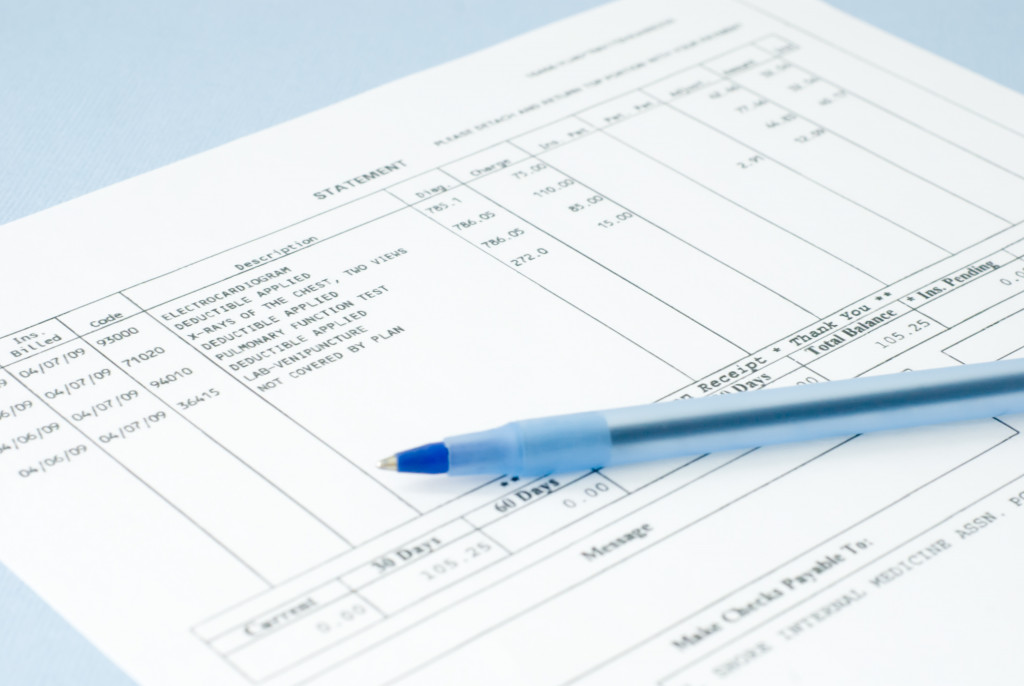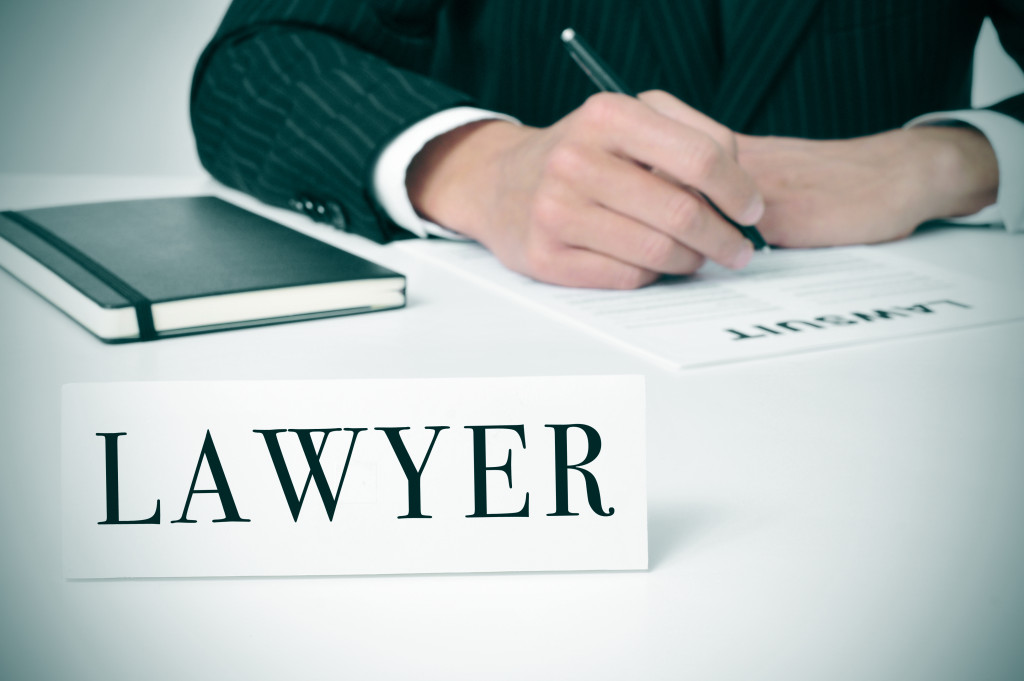• Research your legal rights and consult an experienced lawyer to understand the complexities of a negligence case.
• Understand the principles of negligence, Statute of Limitations, causation, and damages as they relate to corporate cases.
• Gather evidence such as medical bills, repair receipts, and witness statements demonstrating that negligence caused harm.
• File your claim within the prescribed time period and present all evidence to strengthen your case.
When it comes to suing a large company, the process can feel overwhelming. The only certainty is that it is going to be expensive and time-consuming. Even if you can prove a company was negligent, the challenge comes from proving that their negligence caused harm. This is why it’s important to know what you’re up against before you start suing a big company.
This blog post will offer tips on how to sue a big company for negligence. It will also provide an overview of the steps that should be taken to ensure your legal claim is heard and treated seriously.
1. Research Your Legal Rights and Options
Before filing a lawsuit against a large corporation, you must be sure you have a legitimate legal claim. Researching your rights and options is vital to ensure you are prepared for any potential legal action. Be sure that you understand your state’s laws and regulations as they pertain to corporate negligence cases. Here are some of the concepts and legal principles you should be familiar with:
a. Negligence
Negligence is the failure to exercise reasonable care that harms another person or their property. In other words, negligence occurs when a company fails to uphold a reasonable standard of care in performing its duties.
b. Statute of Limitations
The Statute of Limitations is the time period in which someone has to bring a legal claim. The time period varies from state to state, so it is essential to research your local laws.
c. Causation
Causation is the link between negligence and the harm that was suffered. To prove a company was negligent, you must show that their actions were the cause of your harm. This means that you will have to prove there was a direct link between their negligence and your injury.
d. Damages
Damages are the compensation awarded due to suffering harm from another person’s negligence. Examples of damages include medical bills, lost wages, and pain and suffering.
2. Consult With an Attorney
If you believe that you have a valid legal claim against a large company, then it is recommended that you consult with an experienced attorney who specializes in corporate law and negligence cases. A good lawyer will be able to evaluate your situation and advise on the best course of action for pursuing damages from the company in question. They will also be able to provide information about important deadlines and procedures associated with filing suit against a big business entity.
Make sure you work with a professional with experience in your specific situation. For example, if you obtained an injury due to slipping within an establishment, you’ll want to find an experienced slip-and-fall lawyer who is knowledgeable in your state’s laws. They will be better able to explain the complexities of your case and provide legal advice. And most importantly, they will be able to make sure your rights and interests are represented throughout the process.
3. Organize Your Evidence
For your case to be successful, you must present ample evidence demonstrating that negligence caused or contributed significantly to the incident in question. Make sure all of your records are organized and readily accessible before filing suit so that they can easily be used as evidence during trial proceedings if necessary. Examples include medical bills, repair receipts, witness statements, photographs of property damage, etc.
You can also gather evidence by submitting a formal request, known as discovery. This is when the other party mustarget=”_blank” rel=”noopener noreferrer nofollow”t provide documentation and answer questions to help build your case.
4. File Your Suit
Once your evidence has been collected and organized, it’s time to file your lawsuit against the large company. Make sure you file within the prescribed time period, or your case will be dismissed. Even if your evidence is rock solid, the court might still not rule in your favor. But if you have a strong case, you should win and be awarded damages for the harm suffered.
Suing a large corporation can seem daunting at first, but with the right preparation—and help from an experienced attorney—you can take action against companies who may have acted negligently towards their customers or others affected by their actions. Follow these steps outlined above carefully so you have all the evidence necessary to strengthen your case and get justice!





